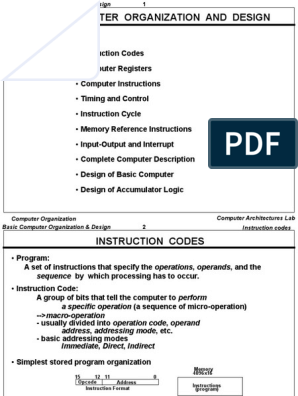0% found this document useful (0 votes)
35 views31 pagesQQQ 2224. Lecture 5
The document covers Exclusive-OR (XOR) and Exclusive-NOR (XNOR) gates, their functions, and applications in digital electronics, particularly in parity generation and checking. It discusses the design of circuits using these gates, including parity generators, binary comparators, and controlled inverters, along with VHDL implementation techniques. Additionally, it includes review questions and practical design applications for FPGA systems.
Uploaded by
cybereast.kzCopyright
© © All Rights Reserved
We take content rights seriously. If you suspect this is your content, claim it here.
Available Formats
Download as PDF, TXT or read online on Scribd
0% found this document useful (0 votes)
35 views31 pagesQQQ 2224. Lecture 5
The document covers Exclusive-OR (XOR) and Exclusive-NOR (XNOR) gates, their functions, and applications in digital electronics, particularly in parity generation and checking. It discusses the design of circuits using these gates, including parity generators, binary comparators, and controlled inverters, along with VHDL implementation techniques. Additionally, it includes review questions and practical design applications for FPGA systems.
Uploaded by
cybereast.kzCopyright
© © All Rights Reserved
We take content rights seriously. If you suspect this is your content, claim it here.
Available Formats
Download as PDF, TXT or read online on Scribd
/ 31
















































































































